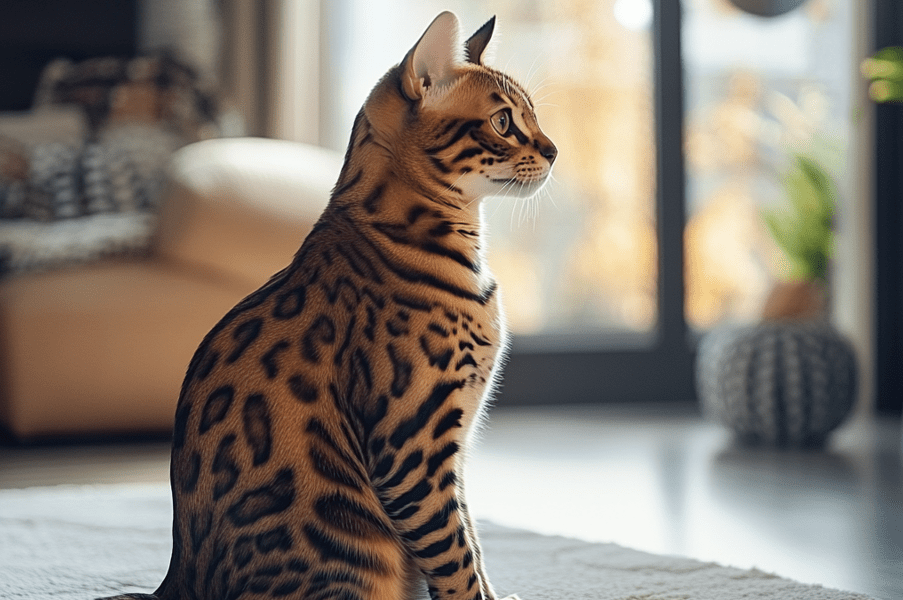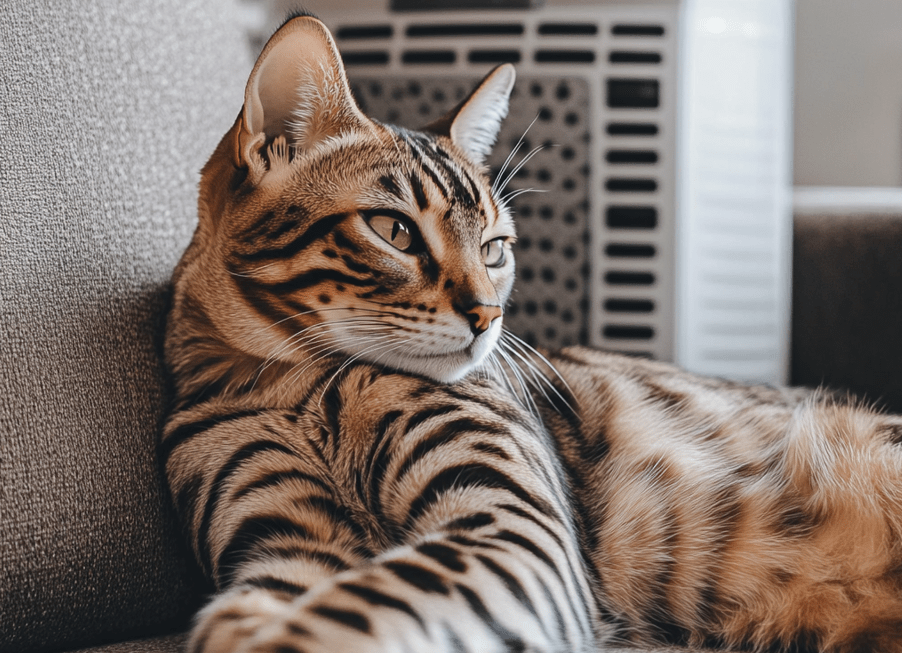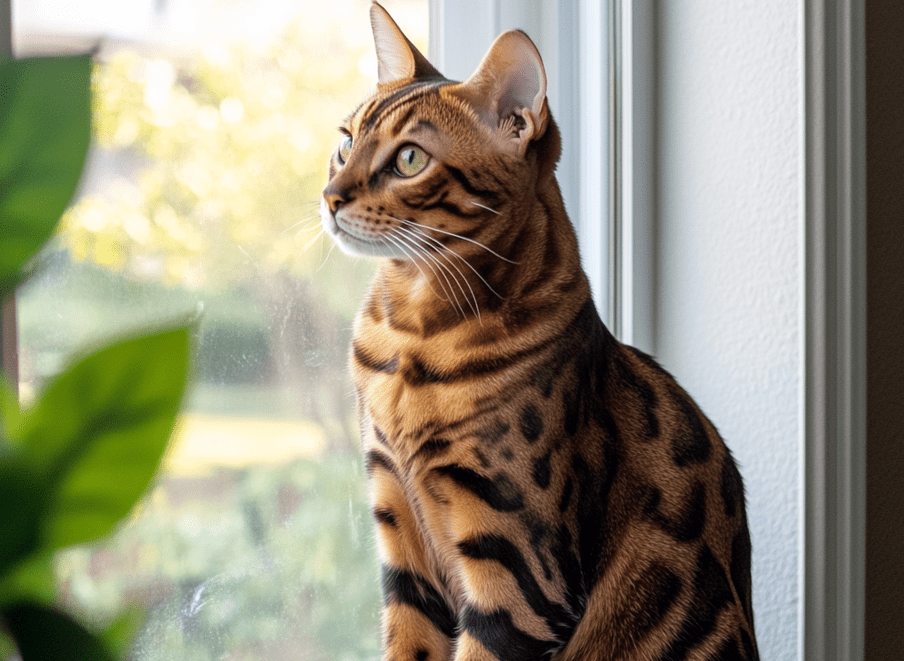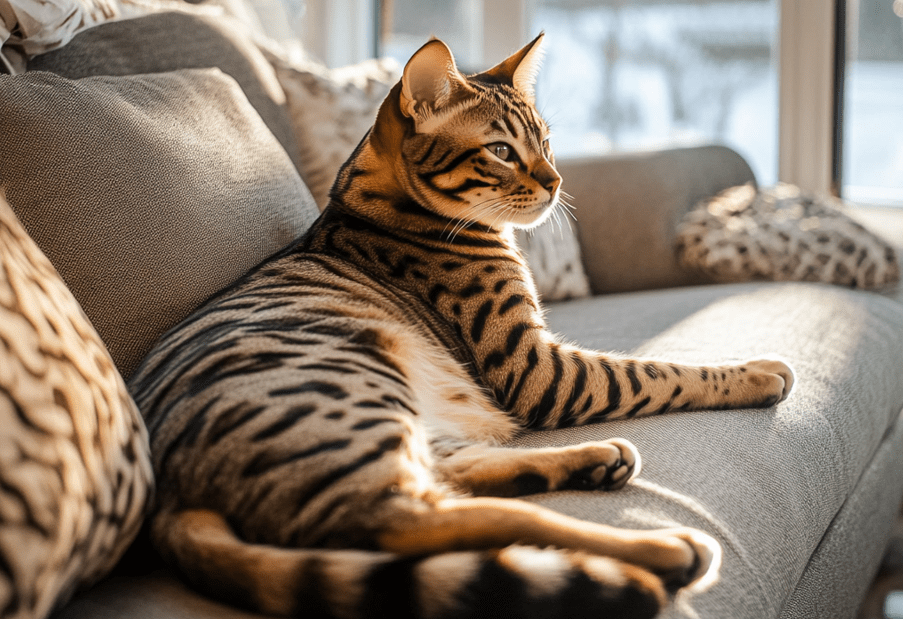
Bengal cats, with their striking leopard-like coats and energetic personalities, are a cherished breed known for their playful and affectionate nature. However, like all cats, Bengals are susceptible to health issues, including Feline Lower Urinary Tract Disease (FLUTD), a group of conditions affecting the bladder and urethra. Recognizing and addressing FLUTD in Bengal cats is critical to ensuring their health and happiness. This comprehensive guide explores the causes, symptoms, diagnosis, treatment, and prevention of FLUTD in Bengals, offering actionable solutions for cat owners.
What is Feline Lower Urinary Tract Disease (FLUTD)?
FLUTD is an umbrella term for various disorders affecting the lower urinary tract, including the bladder and urethra, in cats. It is not a single disease but a collection of conditions with similar symptoms, such as urinary tract infections (UTIs), bladder stones, and feline idiopathic cystitis (FIC). FLUTD can cause discomfort, pain, and potentially life-threatening complications if untreated, making early detection and management essential for Bengal cats.
Why Are Bengal Cats at Risk?
Bengals, known for their active and sensitive nature, may be prone to FLUTD due to genetic predispositions, stress sensitivity, and environmental factors. Their high-energy lifestyle and need for stimulation can contribute to stress-related conditions like FIC, a common form of FLUTD. Understanding the unique needs of Bengal cats helps owners take proactive steps to reduce the risk of urinary tract issues.
Symptoms of FLUTD in Bengal Cats
Recognizing the signs of FLUTD in Bengal cats is crucial for early intervention. Symptoms can vary in severity and may indicate mild discomfort or a medical emergency. Below are the key symptoms to watch for:
Behavioral Signs
Frequent Litter Box Visits: Bengals may repeatedly attempt to urinate with little or no success, often straining or showing signs of discomfort.
Urinating Outside the Litter Box: Cats with FLUTD may associate the litter box with pain and urinate on cool surfaces like tiles or bathtubs.
Excessive Grooming: Overgrooming the genital area due to irritation or pain is a common sign.
Vocalization: Yowling or crying while urinating may indicate discomfort or pain.
Lethargy or Hiding: A normally active Bengal becoming withdrawn or less playful may be experiencing urinary discomfort.
Physical Signs
Blood in Urine: Pink, red, or brown-tinted urine is a serious symptom requiring immediate veterinary attention.
Cloudy or Strong-Smelling Urine: Changes in urine appearance or odor can signal infection or inflammation.
Straining or Pain: Visible straining, hunched posture, or signs of pain during urination are red flags.
Reduced Appetite or Vomiting: Systemic symptoms may accompany severe cases of FLUTD.
Emergency Signs
Inability to Urinate: Complete urinary blockage, especially in male Bengals, is a life-threatening emergency. Symptoms include repeated straining with no urine output, restlessness, and vocalization. Seek veterinary care immediately.
Swollen Abdomen: A distended bladder may cause a visibly swollen belly, indicating a blockage.
If you notice any of these symptoms, consult a veterinarian promptly to determine the underlying cause and begin treatment.
Causes of FLUTD in Bengal Cats
FLUTD can stem from various causes, ranging from infections to stress-related conditions. Below are the primary causes of FLUTD in Bengal cats, along with insights into how they affect this breed.
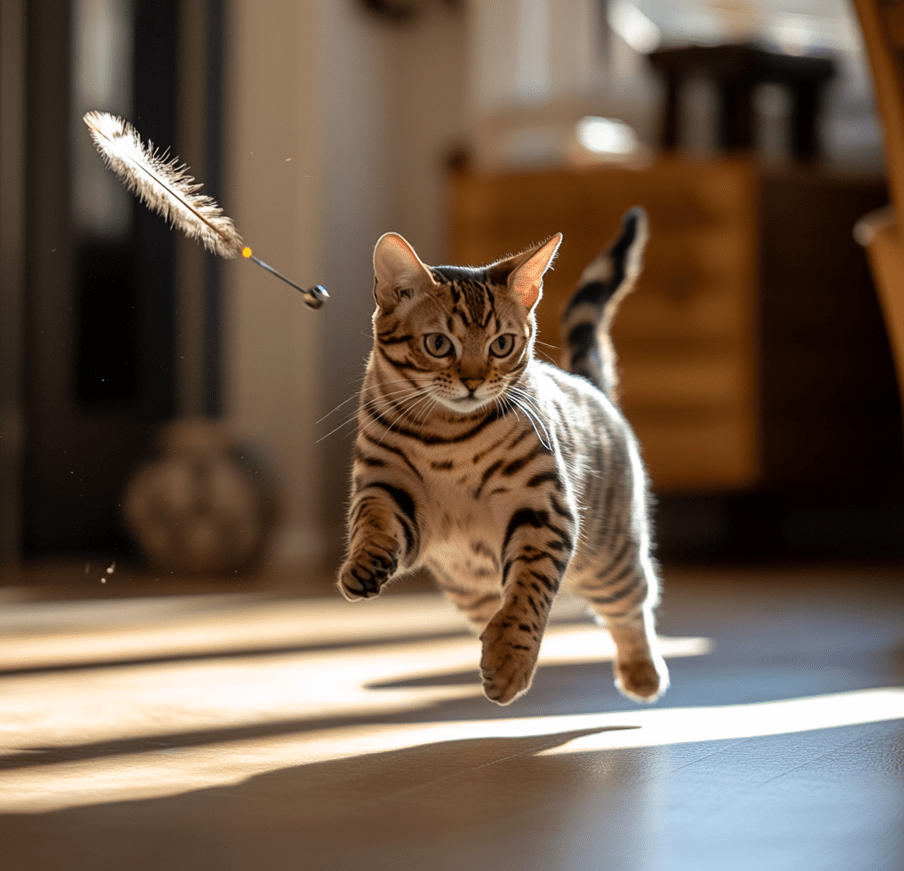
1. Feline Idiopathic Cystitis (FIC)
FIC is the most common cause of FLUTD, particularly in Bengals, due to their stress-sensitive nature. It involves inflammation of the bladder with no identifiable cause, often triggered by stress, environmental changes, or inadequate hydration. Symptoms mimic those of infections or stones but require different management strategies.
2. Urinary Tract Infections (UTIs)
While less common in younger cats, UTIs can occur in Bengals, especially females due to their shorter urethras. Bacteria entering the urinary tract cause inflammation and discomfort. UTIs are more prevalent in older Bengals or those with compromised immune systems.
3. Bladder Stones
Bladder stones (uroliths) are mineral formations that can irritate the bladder lining or block the urethra. Common types include struvite and calcium oxalate stones, which may form due to diet, genetics, or inadequate water intake.
4. Urethral Obstruction
Urethral blockages, often caused by stones, mucus, or crystals, are more common in male Bengals due to their narrow urethras. This condition is a medical emergency, as it prevents urination and can lead to kidney failure or bladder rupture if untreated.
5. Stress and Environmental Factors
Bengals are highly intelligent and sensitive, making them prone to stress-induced FLUTD. Common stressors include:
-
Changes in routine, such as new feeding schedules or owner absence.
-
Environmental disruptions, like moving homes or loud noises.
-
Social conflicts with other pets or lack of attention.
-
Insufficient mental or physical stimulation.
6. Dietary Factors
Diets high in certain minerals (e.g., magnesium or phosphorus) or low in moisture can contribute to crystal formation and bladder irritation. Bengals on dry-food-only diets may be at higher risk due to reduced water intake.
7. Genetic Predispositions
Some Bengals may have a genetic predisposition to urinary issues, such as a tendency to form crystals or stones. Regular veterinary checkups can help identify these risks early.
Diagnosing FLUTD in Bengal Cats
Accurate diagnosis is essential for effective treatment. Veterinarians use a combination of history, physical exams, and diagnostic tests to identify the cause of FLUTD in Bengals. The diagnostic process may include:
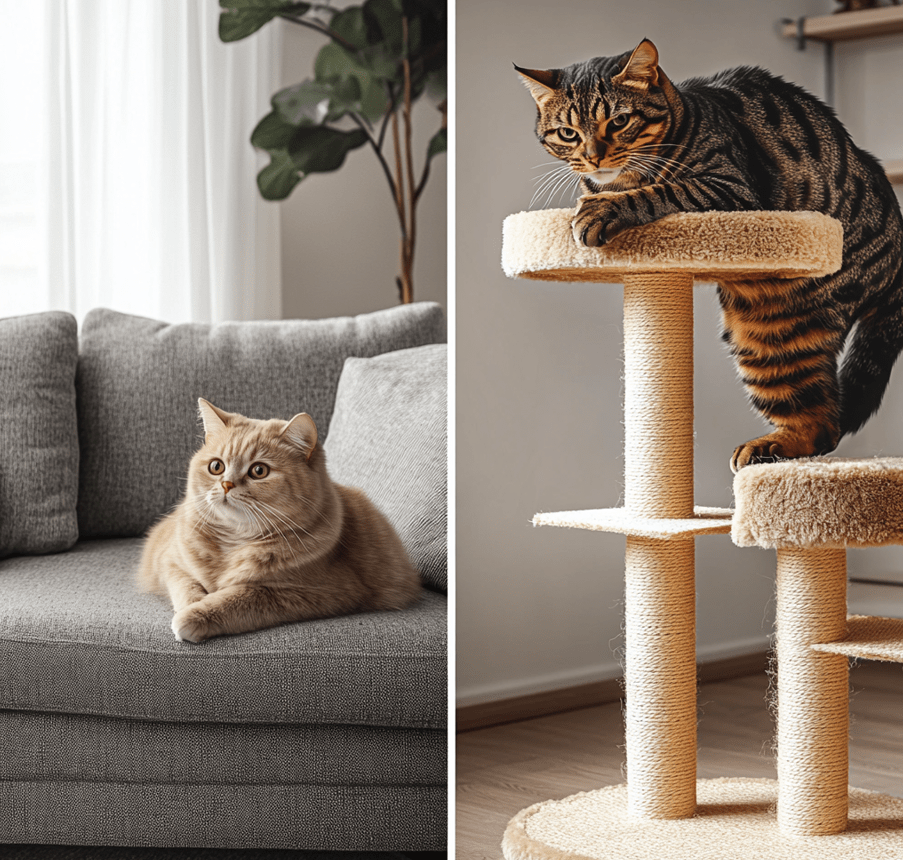
Medical History: Your vet will ask about your Bengal’s symptoms, diet, water intake, litter box habits, and recent stressors.
Physical Exam: Palpation of the abdomen can detect a distended bladder or pain.
Urinalysis: A urine sample is analyzed for blood, crystals, bacteria, or abnormal pH levels.
Imaging: X-rays or ultrasounds can identify bladder stones, blockages, or anatomical abnormalities.
Blood Tests: These assess kidney function and overall health, especially in severe cases.
Cystoscopy or Biopsy: In rare cases, a scope or tissue sample may be needed to evaluate the bladder lining.
If a urethral obstruction is suspected, immediate intervention is required to relieve the blockage and stabilize your cat.
Treatment Options for FLUTD in Bengal Cats
Treatment for FLUTD depends on the underlying cause, severity, and your Bengal’s overall health. Below are the most common treatment approaches:
1. Medical Management
Antibiotics: For bacterial UTIs, antibiotics are prescribed based on urine culture results.
Pain Relief: Medications like buprenorphine or non-steroidal anti-inflammatory drugs (NSAIDs) alleviate discomfort.
Anti-Spasmodics: Drugs to relax the urethra may help with urination in cases of FIC or partial blockages.
Fluid Therapy: Intravenous or subcutaneous fluids promote hydration and flush the urinary tract, especially in emergencies.
2. Dietary Changes
Prescription Diets: Veterinary diets designed to dissolve struvite stones or prevent crystal formation are often recommended. These diets adjust urine pH and mineral content.
Increased Water Intake: Wet food or water fountains encourage hydration, diluting urine and reducing crystal formation.
Low-Mineral Diets: Reducing magnesium, phosphorus, or other minerals can prevent stone recurrence.
3. Surgical Intervention
Stone Removal: Large bladder stones may require surgical removal (cystotomy).
Urethral Obstruction Relief: Catheterization under sedation relieves blockages, followed by monitoring to prevent recurrence.
Perineal Urethrostomy: In severe, recurrent cases of obstruction, surgery to widen the urethra may be necessary, though this is rare.
4. Stress Management
Since stress is a major contributor to FIC in Bengals, environmental and behavioral interventions are critical:
Enriched Environment: Provide climbing trees, interactive toys, and puzzle feeders to keep your Bengal mentally stimulated.
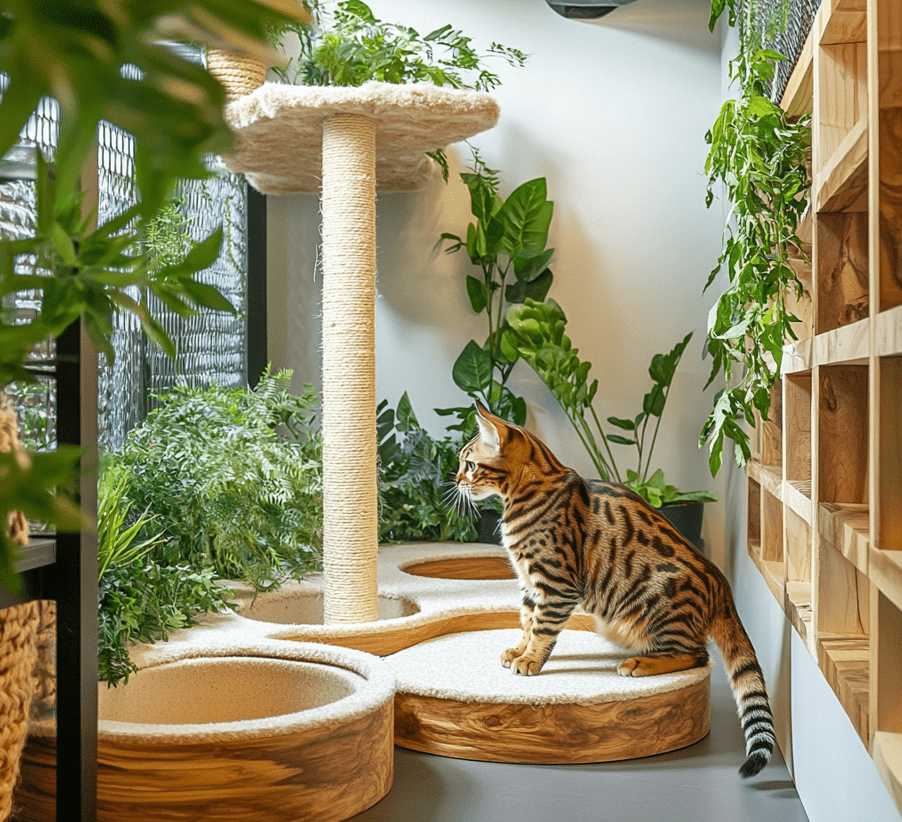
Safe Spaces: Create quiet, cozy areas where your cat can retreat when stressed.
Pheromone Therapy: Feliway diffusers or sprays mimic calming feline pheromones.
Consistent Routine: Maintain regular feeding, play, and litter box schedules to reduce anxiety.
5. Long-Term Monitoring
Chronic or recurrent FLUTD requires ongoing management, including regular vet visits, urinalysis, and dietary adherence. Bengals with a history of blockages may need more frequent monitoring.
Preventing FLUTD in Bengal Cats
Prevention is key to reducing the risk of FLUTD and ensuring your Bengal’s long-term health. Below are practical strategies to minimize urinary tract issues:
1. Promote Hydration
Wet Food Diet: Incorporate wet food to increase moisture intake, diluting urine and flushing the bladder.
Water Fountains: Bengals are often attracted to running water, making fountains an effective way to encourage drinking.
Multiple Water Sources: Place clean, fresh water bowls in various locations to make hydration accessible.
2. Optimize Diet
-
Feed high-quality, balanced food with appropriate mineral levels to prevent crystal or stone formation.
-
Consult your vet about diets formulated for urinary health, especially if your Bengal has a history of FLUTD.
-
Avoid sudden dietary changes, which can disrupt urine pH and increase risk.
3. Maintain Litter Box Hygiene
Cleanliness: Scoop litter boxes daily and perform full cleanings weekly to encourage regular use.
Accessibility: Provide one litter box per cat plus one extra, placed in quiet, low-traffic areas.
Litter Preference: Bengals may prefer unscented, fine-grained litter. Experiment to find what your cat likes.
4. Reduce Stress
Regular Playtime: Engage your Bengal in 20–30 minutes of active play daily to burn energy and reduce stress.
Stable Environment: Minimize sudden changes to your home, routine, or social dynamics.
Socialization: Gradually introduce new pets or people to avoid overwhelming your Bengal.
5. Regular Veterinary Care
-
Schedule annual or biannual vet visits to monitor your Bengal’s urinary health.
-
Perform routine urinalysis to catch early signs of crystals, infections, or inflammation.
-
Spay or neuter your Bengal to reduce hormonal influences on urinary health.
6. Monitor for Early Signs
-
Observe your Bengal’s litter box habits, water intake, and behavior daily to detect changes early.
-
Use a litter box with a urine collection system or clear litter to monitor urine color and volume.
When to Seek Veterinary Help
Prompt veterinary care is essential for FLUTD, especially in emergencies. Contact your vet immediately if your Bengal shows:
-
Inability to urinate or repeated straining with no output.
-
Blood in the urine or significant changes in urine appearance.
-
Signs of pain, such as vocalizing, restlessness, or aggression.
-
Lethargy, vomiting, or refusal to eat.
For non-emergency symptoms, such as mild straining or occasional litter box avoidance, schedule a vet visit within 24–48 hours to prevent escalation.
Living with a Bengal Prone to FLUTD
If your Bengal has a history of FLUTD, long-term management can help them lead a healthy, happy life. Work closely with your veterinarian to create a tailored plan that includes:
-
A urinary health diet and consistent hydration.
-
Regular checkups and diagnostic tests.
-
A stress-free, enriched environment.
-
Medications or supplements as prescribed.
Additionally, consider pet insurance to offset the costs of diagnostics, treatments, or emergency care, as FLUTD can be recurrent.
Conclusion
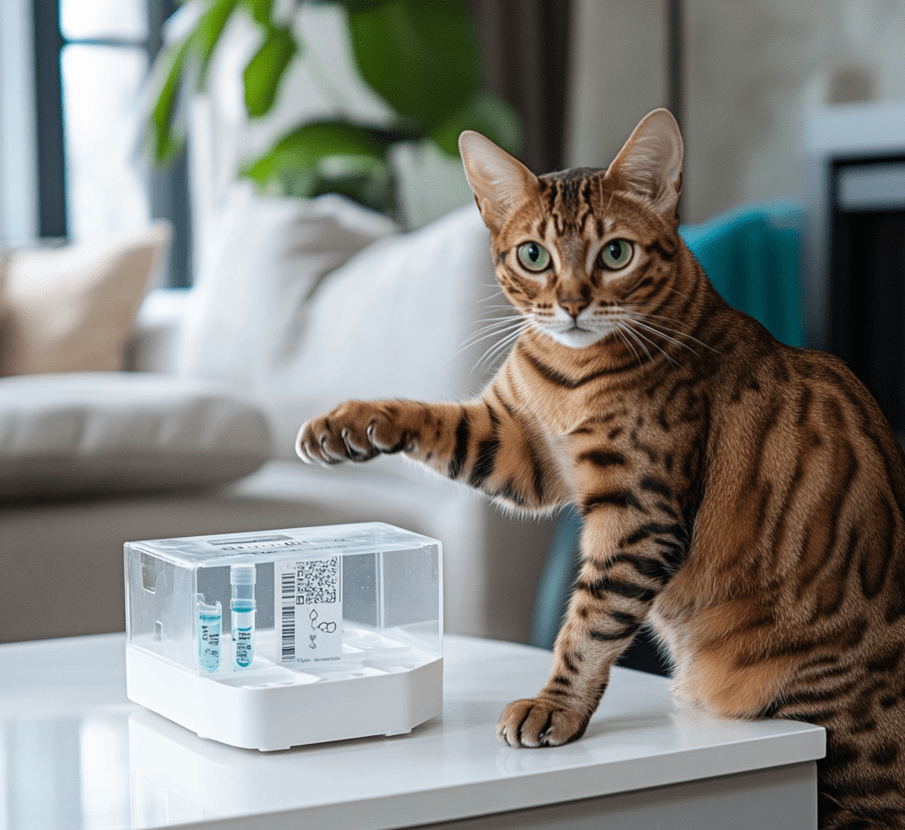
Feline Lower Urinary Tract Disease is a complex but manageable condition in Bengal cats. By understanding the symptoms—such as straining, blood in urine, or litter box avoidance—and addressing the causes, including stress, diet, and infections, you can protect your Bengal’s urinary health. Treatment options like medications, dietary changes, and stress management, combined with preventive measures like hydration and routine vet care, empower owners to keep their Bengals thriving. With vigilance and proactive care, you can ensure your Bengal cat enjoys a comfortable, healthy life free from the challenges of FLUTD.

